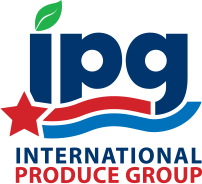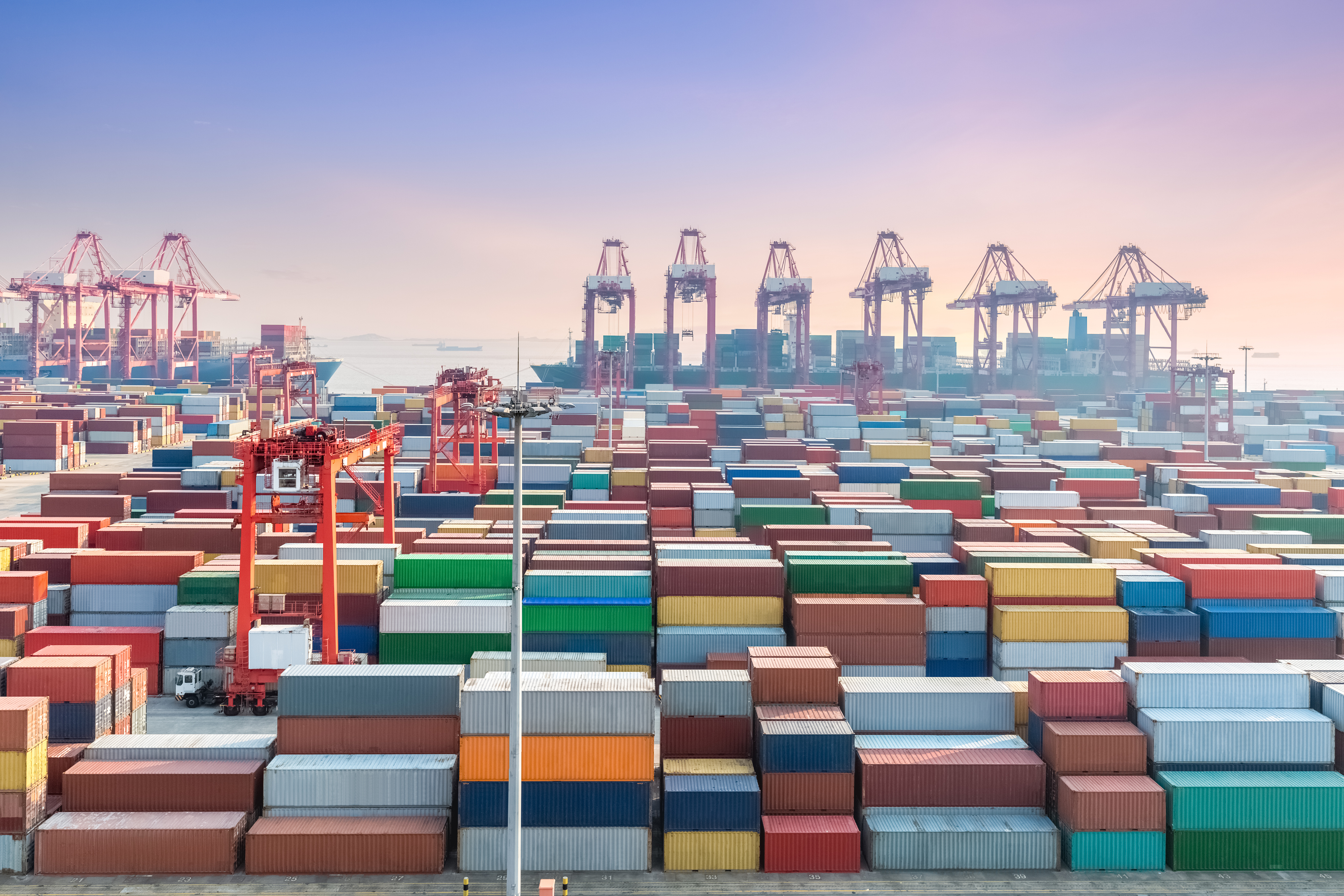WEST COAST CARGO CRUNCH EASING
March 15, 2019For the past six months, a cargo surge stressed West Coast seaports. Strong U.S. consumer spending, coupled with tariff fears, sent unprecedented import volume across the docks. The phenomenon was seen here at home. The Port of Oakland set an all-time volume record in 2018. It began 2019 with the busiest January in its history. Now, it may be time for a ceasefire. Industry analysts expect container volume to moderate in the months leading up to the late summer peak season. That could be a good thing. West Coast ports – including Oakland – are still recovering from the cargo onslaught. Here’s what they’ve faced:
• Pressure on the labor supply;
• Slower vessel operations;
• Ships at anchor awaiting berth openings;
• Imports unavailable for rapid pick-up;
• Increased turn times for harbor truck drivers.
Vessels delayed in Southern California have been arriving late – and in bunches – at Oakland. That has magnified the challenge created by the import surge. However, relief should be on the way. The Port said ocean carriers have omitted some West Coast sailings in anticipation
of lower cargo volumes. That could help ease the cargo crunch, eliminating the vessel backup in San Francisco Bay while accelerating import deliveries. At the same time, additional longshore labor is being trained to work on the docks. It could be several months before labor reinforcements are ready for duty, but they should be available at peak season. After a 5 percent increase in 2018, the Port said it wouldn’t forecast cargo volume growth for 2019. It explained that global trade uncertainties continue to cloud the outlook. It added, however, that if the consumer-driven U.S. economy remains strong, further import gains could be realized.
From Port of Oakland Maritime Newsletter – March 2019

